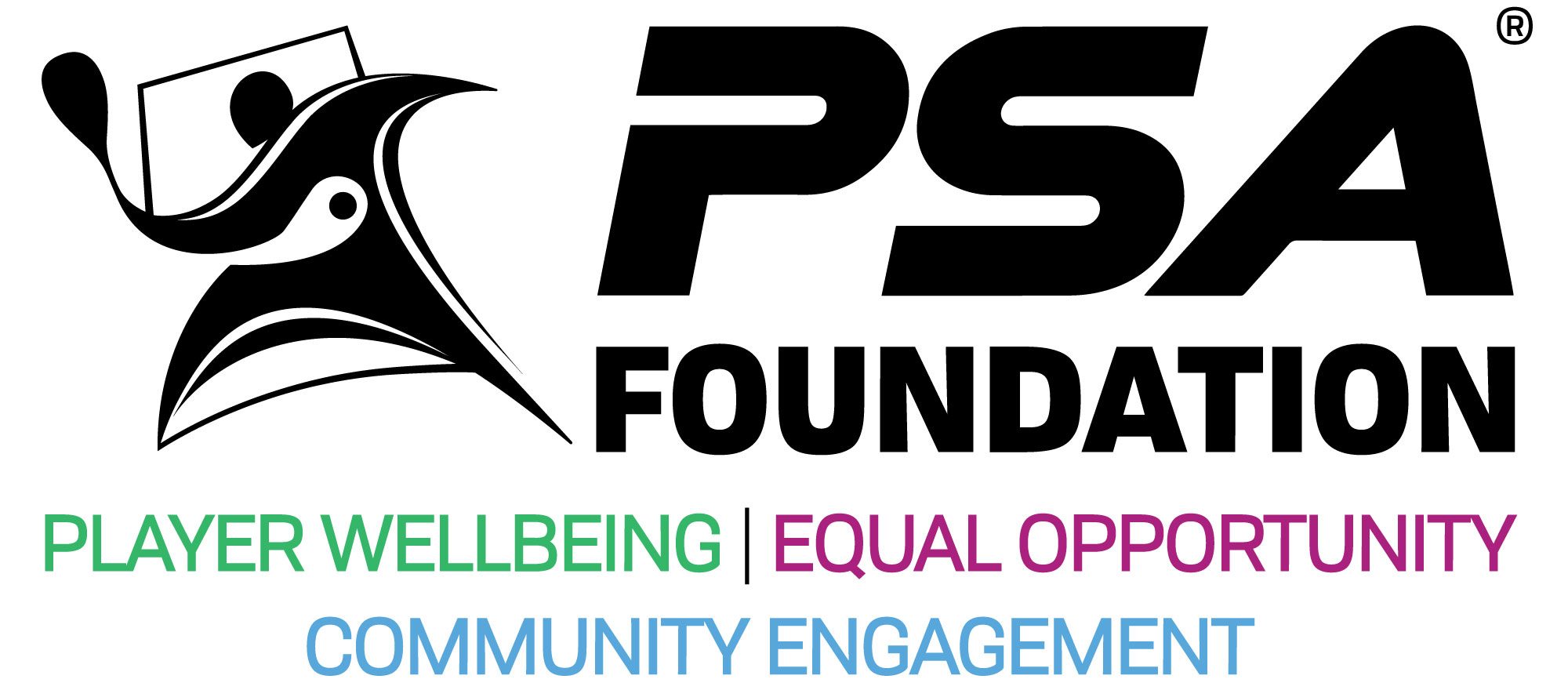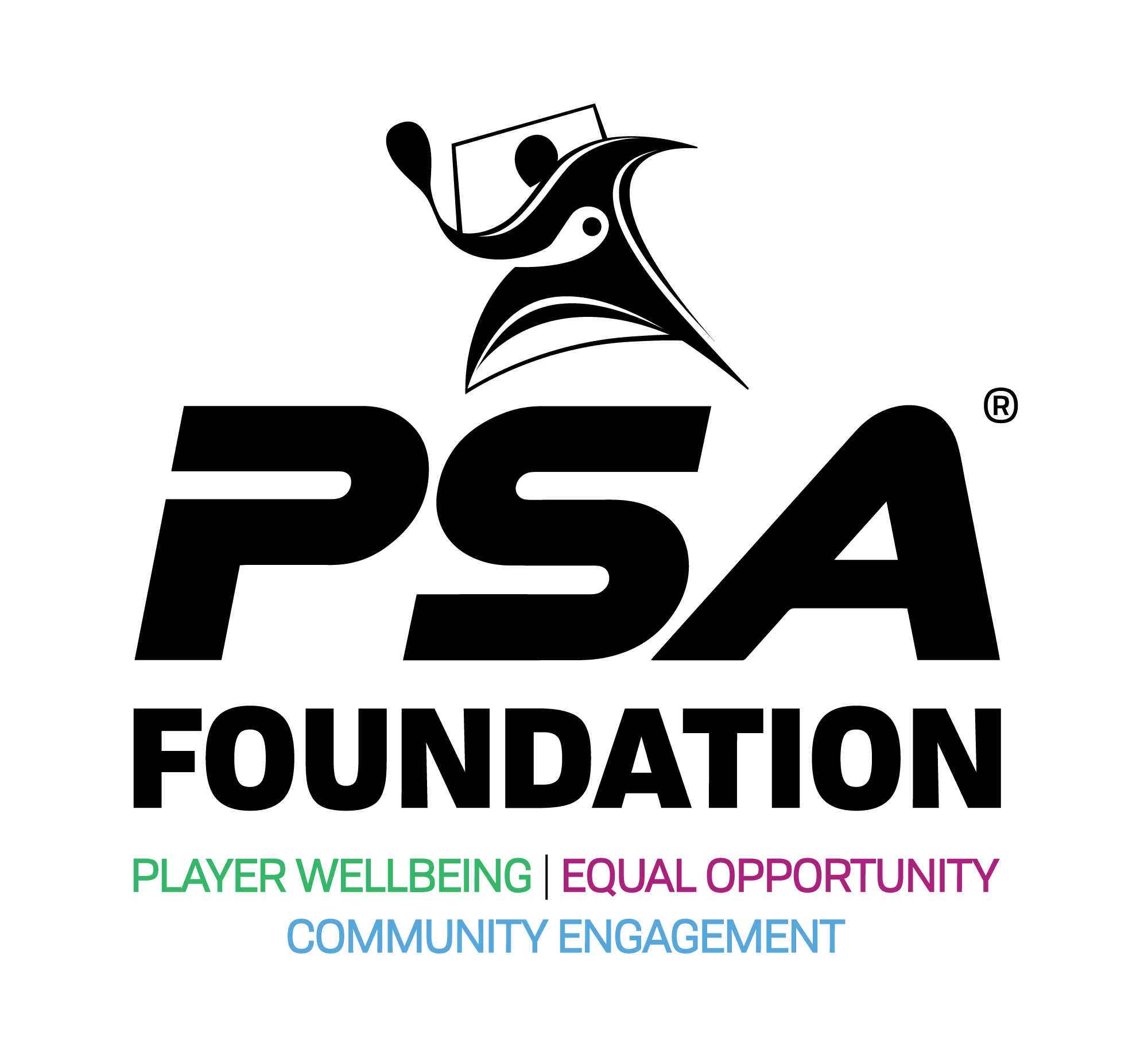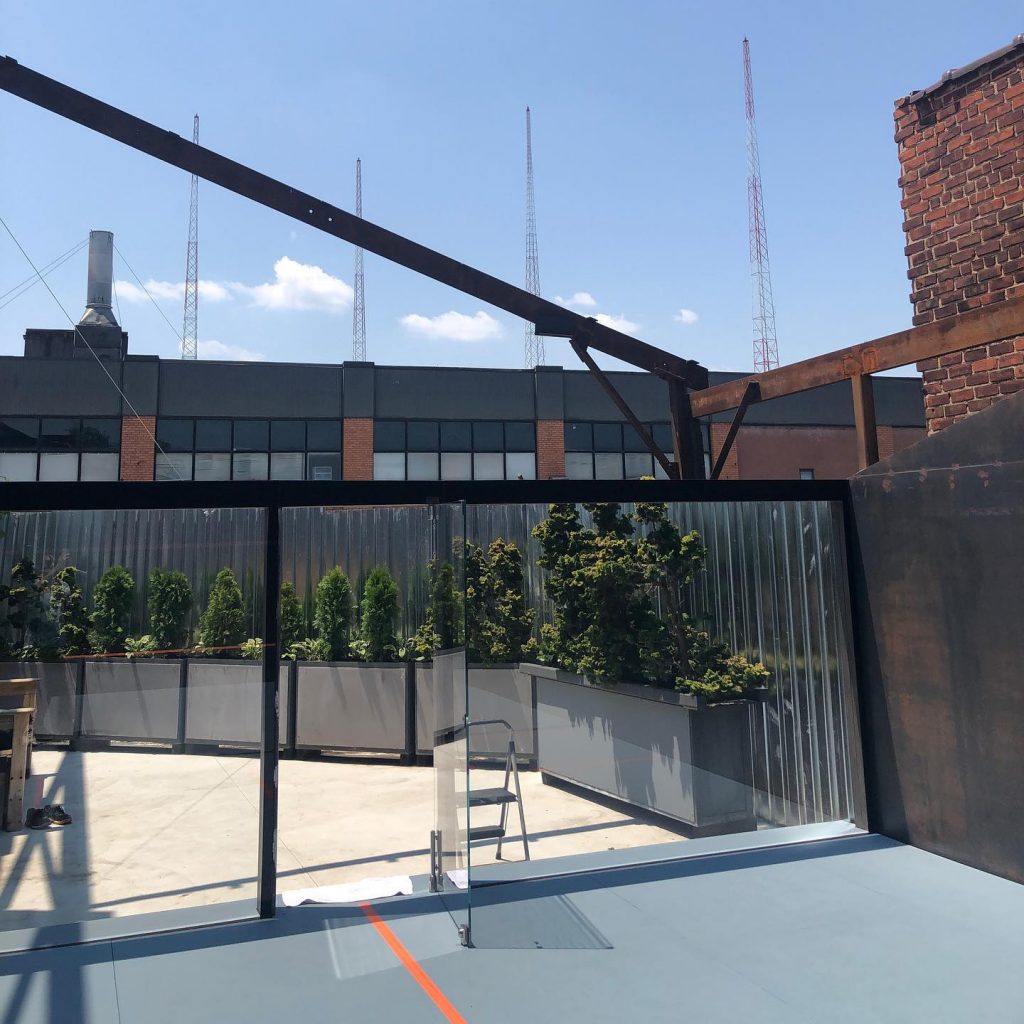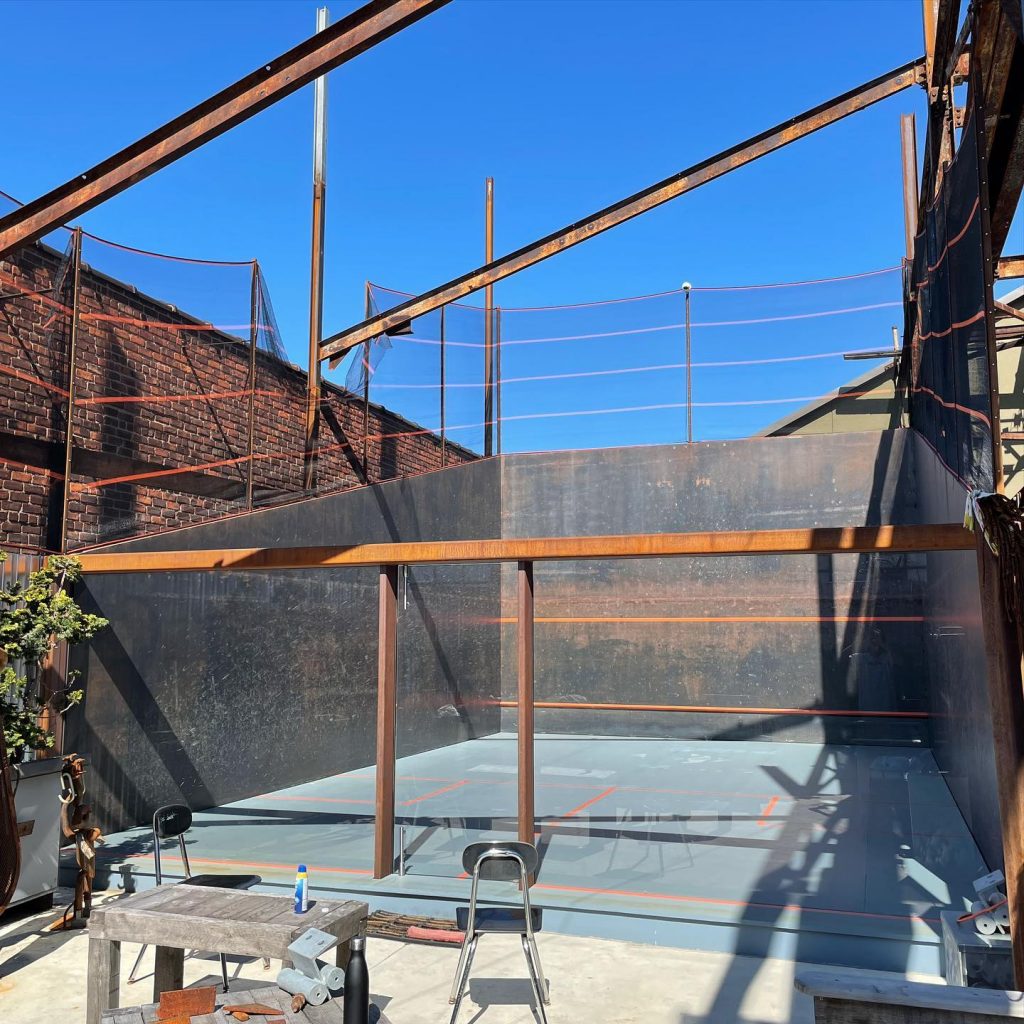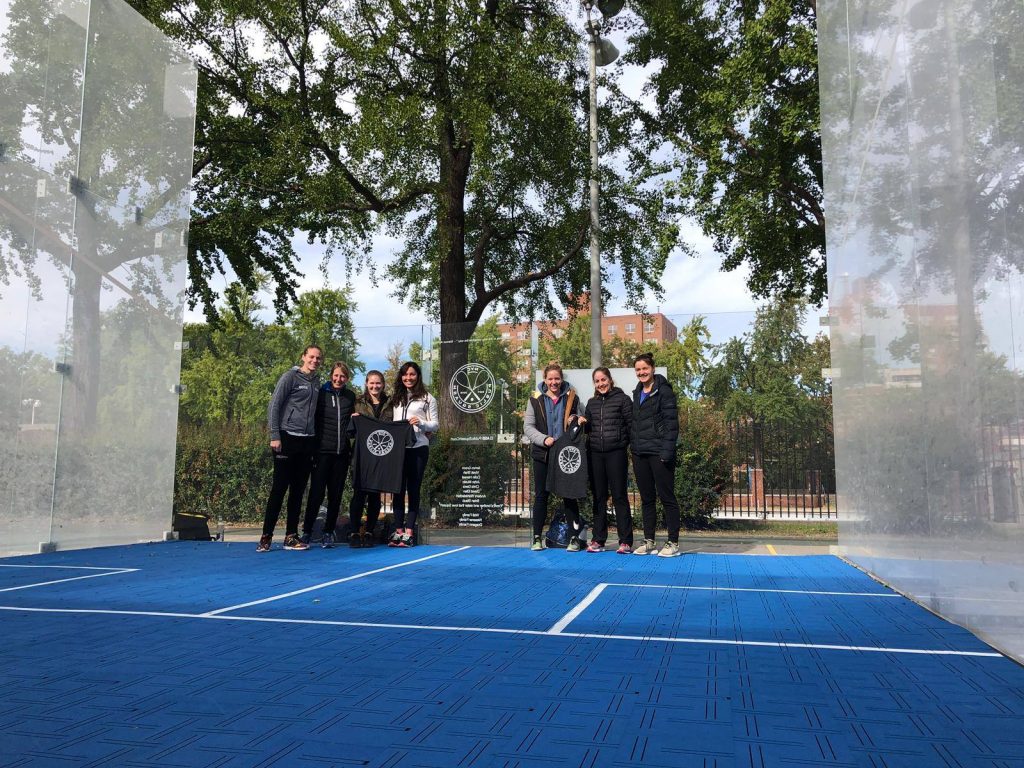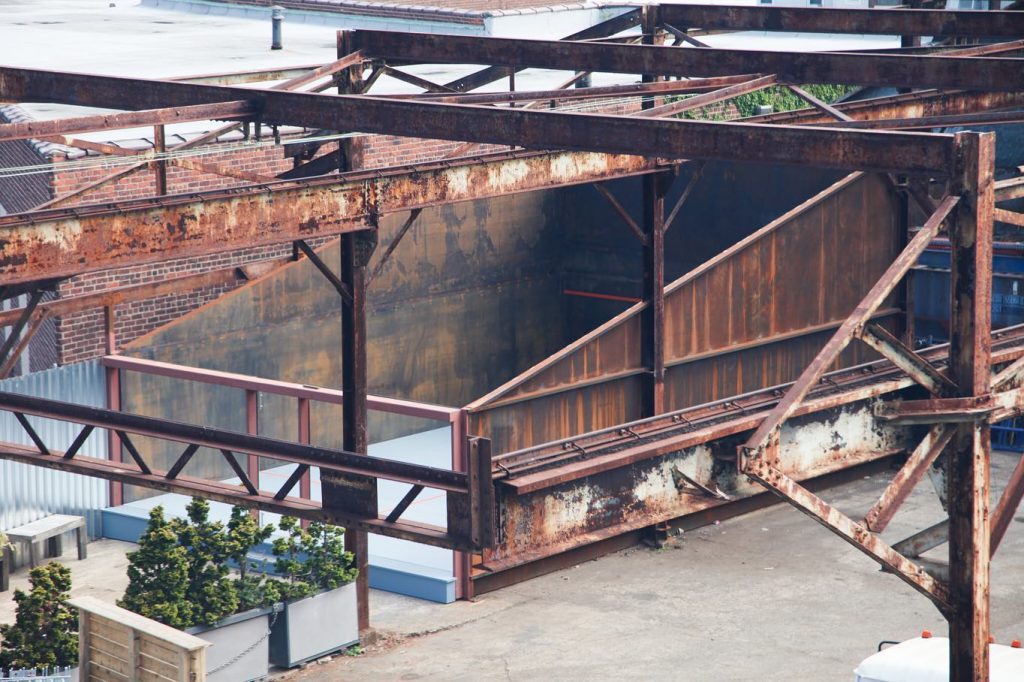
The last year has seen a sharp rise in interest for outdoor squash courts, after a difficult period of restrictions on our sport that are still ongoing today in some parts of the world. With few other sports that are without outdoor versions of themselves, has the pandemic been the final push needed to take squash outdoors?
Squash is the only racket sport to have not yet taken the game to the outdoors at the community level. As we recover from the effects of the pandemic, we need to think innovatively to reinvent grassroots squash as we know it and appeal to current societal circumstances. Unemployment rates are higher, and some populations have less disposable income, meaning they are less likely to pay membership fees to join a squash club, especially without having an introduction to the game. People’s mental health is also strained, offering less mental bandwidth to think about being active. We need to bring squash to the communities, make it accessible, inclusive and in full view for anyone to have a go. That is why we are working on setting up more outdoor squash courts.
The PSA Foundation believes this concept is a strong opportunity for squash to support local communities through a challenging recovery from the pandemic and much needed adaptation of the game to more current circumstances. To that end, we have established an Outdoor Court Committee formed of a selection of our trustees and other key individuals experienced in outdoor community squash. The committee’s role is to create collaborative efforts to launch pilot courts that will inform a model of best practice for other communities to replicate across the globe. Plans are currently progressing well for a pilot based in Chicago in the United States and talks have begun for opportunities in the UK. We believe this process for innovation is a key component of the future for squash and is now a core focus to our mission moving forward.
It should not necessarily be the intention to just replicate indoor squash as we know it to the outdoors. This is in terms of physically the dimensions of the court and the preferences of current squash players. Where necessary we need to adapt the rules, adjust court line positions, or change the type of ball used where necessary. An outdoor squash facility needs to be designed for the local community, not just for the current playing population. In badminton you can cheaply buy a pop-up outdoor net to stick in the ground, table tennis has nets that attach to dining tables and official playing tables are relatively affordable, and public tennis courts can frequently be seen in parks. These are all great entry levels to their respective sports, so what is the point of entry for grass roots squash?
Below we take a look at some outdoor community squash facilities you can see today, all of which have appeared within the last three years:
True Squash – Steel Court by Maspeth Squash – New York
See more from True Squash here: https://www.truesquash.com/
Squash Para Todos – El Salvador, San Salvador
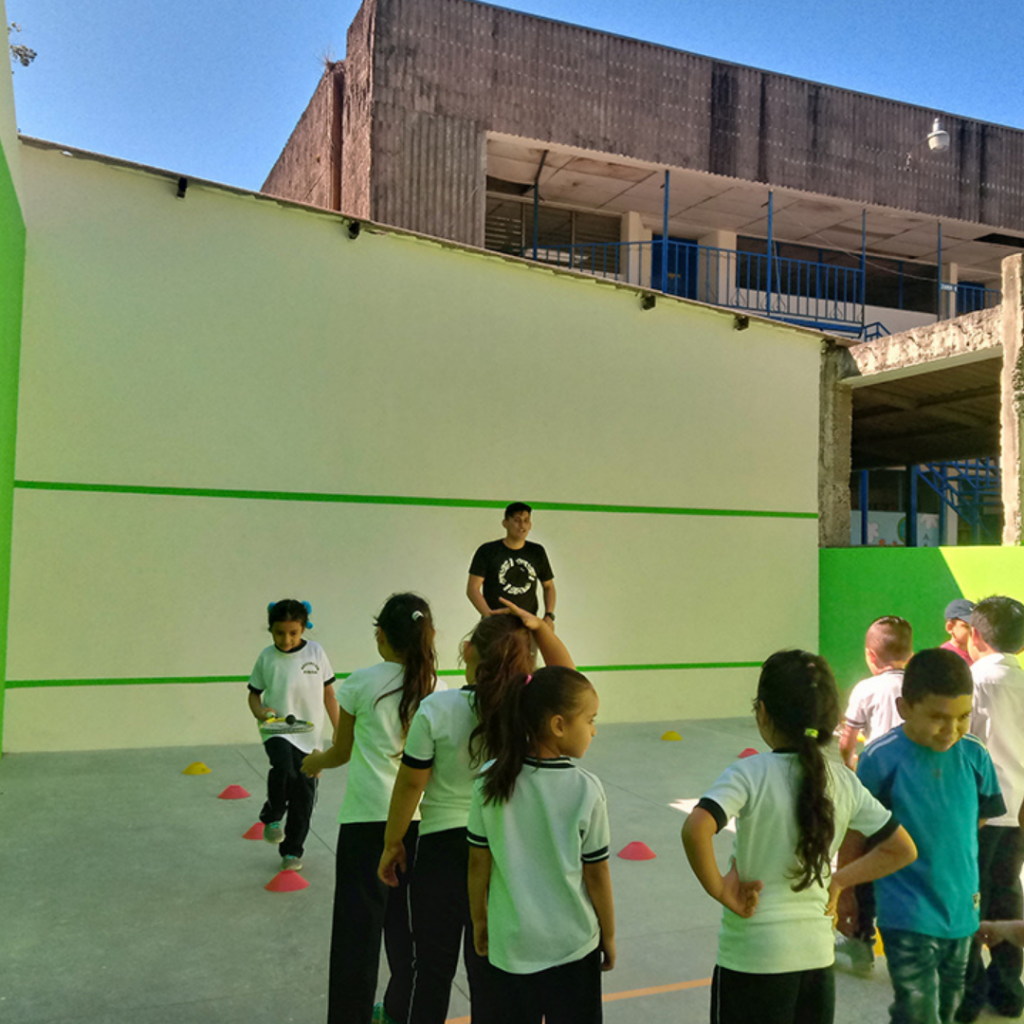
Adapted squash court built inside school grounds 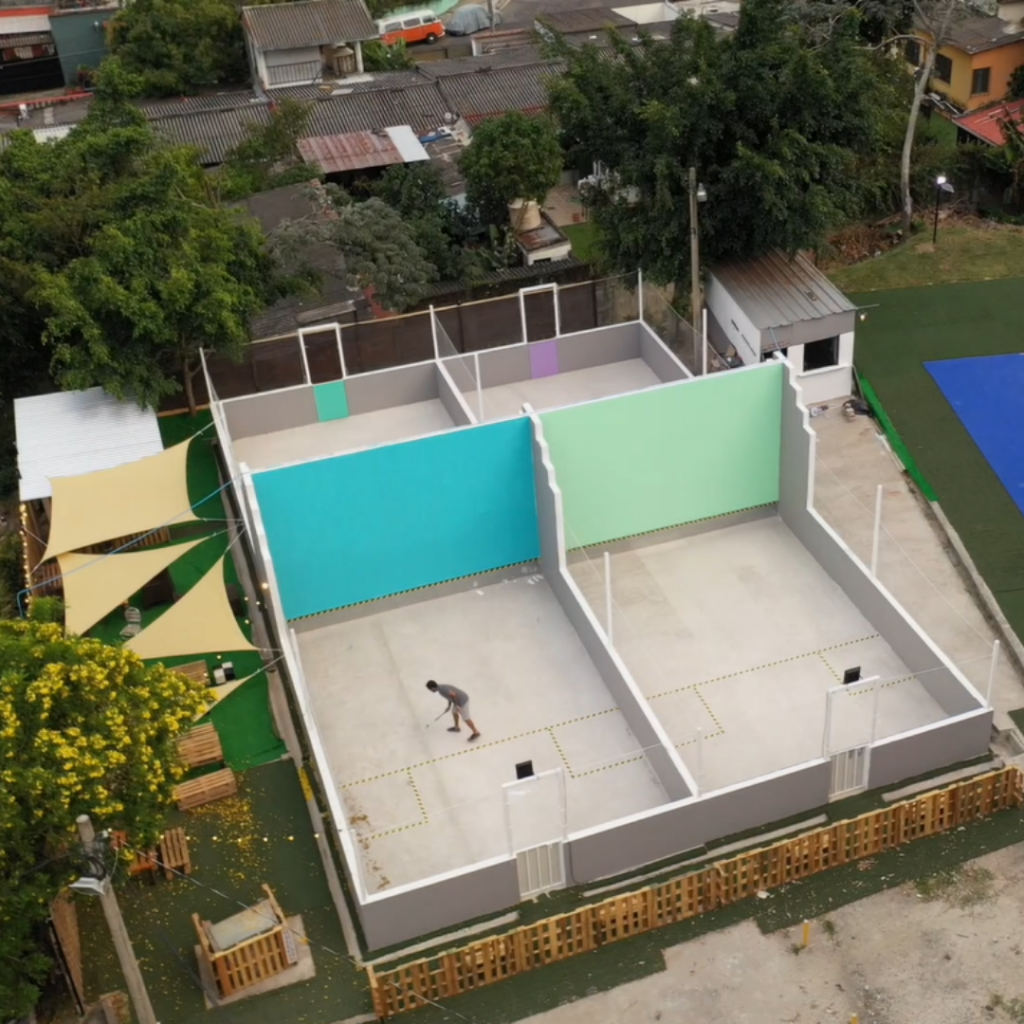
See more from Squash Para Todos here: http://www.squashparatodos.org/
Public Squash – New York
See more from Public Squash here: https://www.publicsquash.org/
More adaptations are also on their way, a new charity based in the US named Village Squash based in Long Island, New York, are this summer launching a portable outdoor court that will host activities for local children between July and September. You can find out more about their initiative here: https://villagesquash.com/
It goes without saying that the simplicity of a squash court means a facility can be placed in the most idyllic of locations, to the most challengingly confined or typically unusable spaces:
Currently, the entry-level of playing squash is on a court that (with a lowered tin) would fit the conditions required to host the worlds best players. In other words, the one facility we recognise for squash largely looks the same from entry-level to world-class. You can’t expect to introduce children to football on a pitch that is on par with Barcelona’s Camp Nou, or in tennis a space that resembles Wimbledon’s centre court. Not to say that entry-level squash courts need to be run down, but they don’t need to be sprung loaded floorboards, glass walls, and level surfaces down to the millimetre. Squash needs to seek greater accessibility and inclusivity, and clubs, federations, and all other bodies in squash need to work together to achieve it.
This movement for outdoor squash has become a part of our strategy moving forward and if you believe you or your organisation/club might have a role to play, we encourage you to reach out to us at foundation@psaworldtour.com
